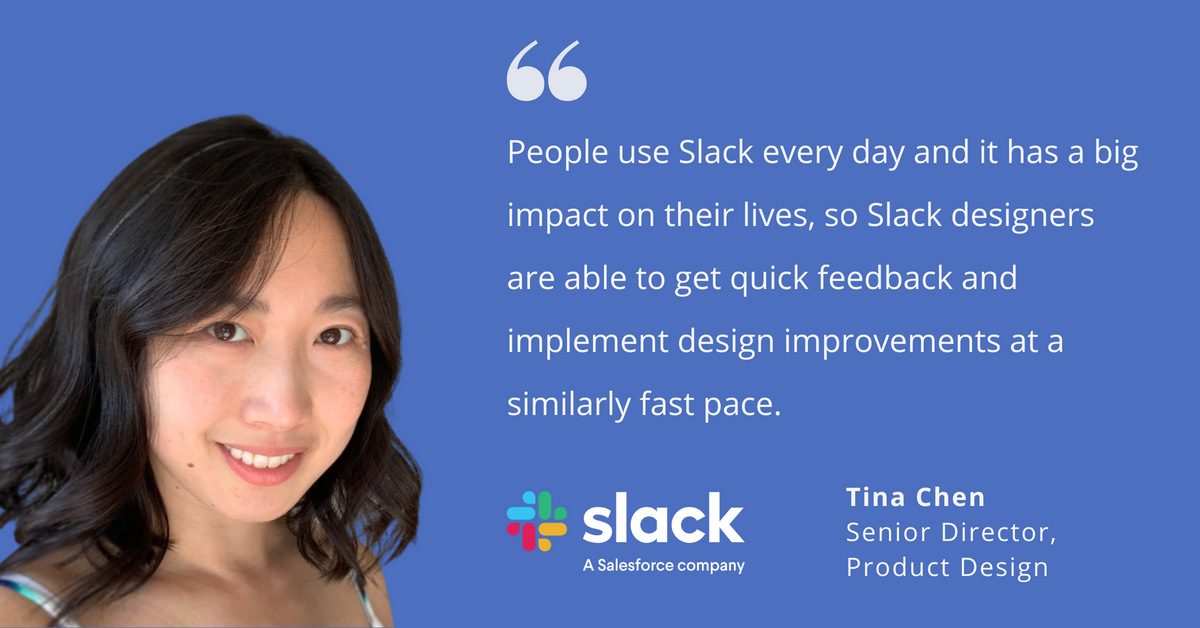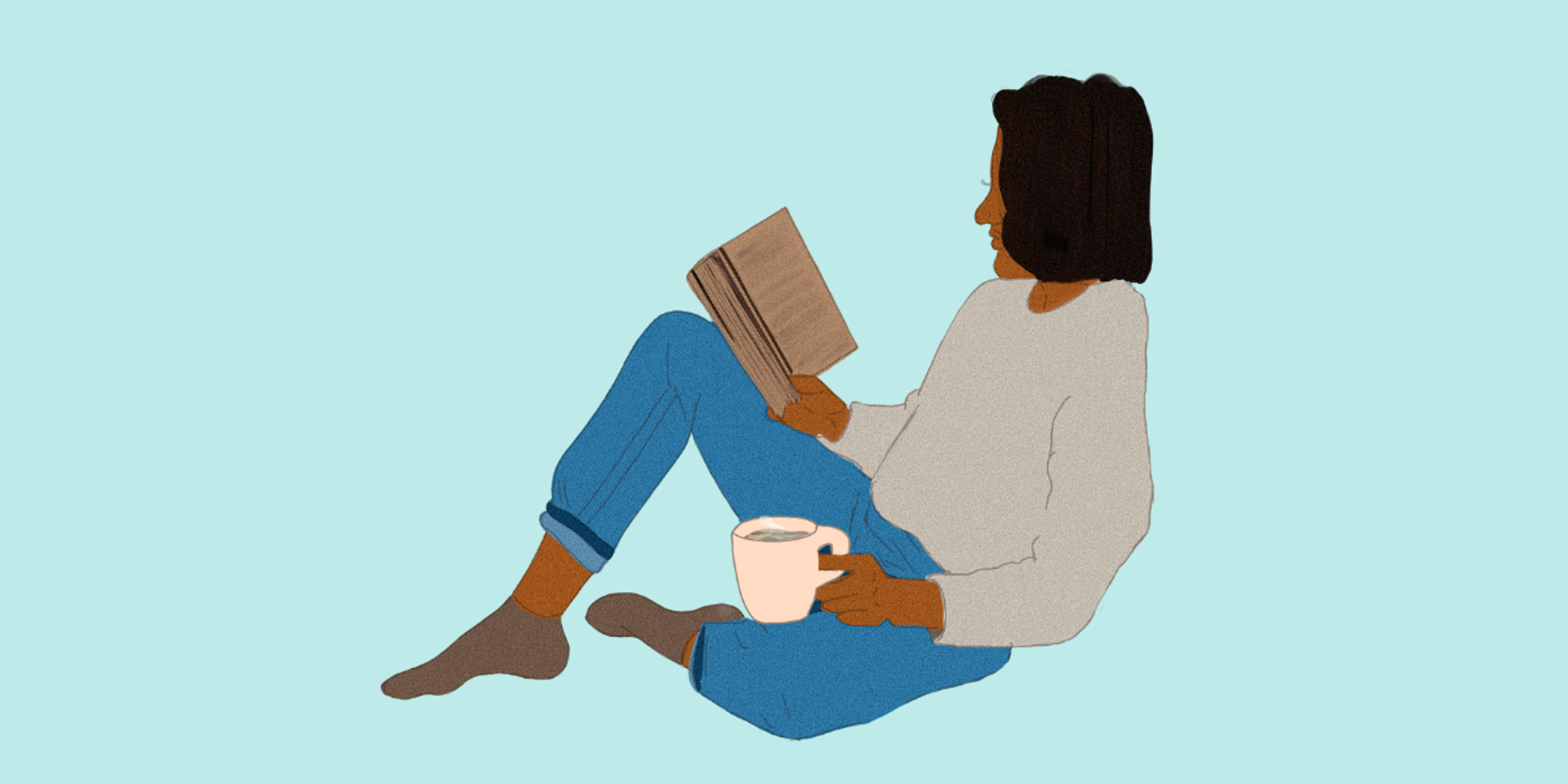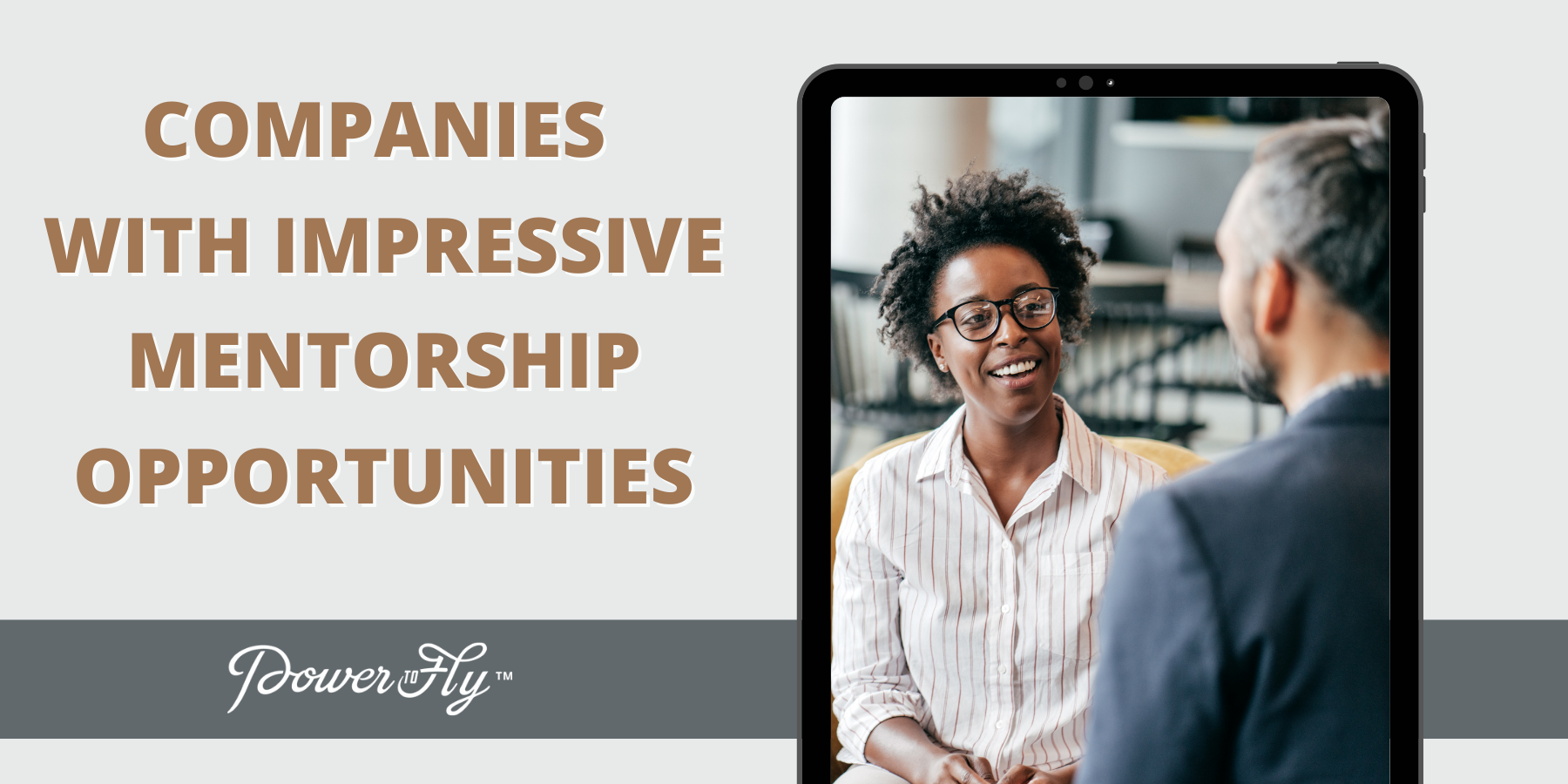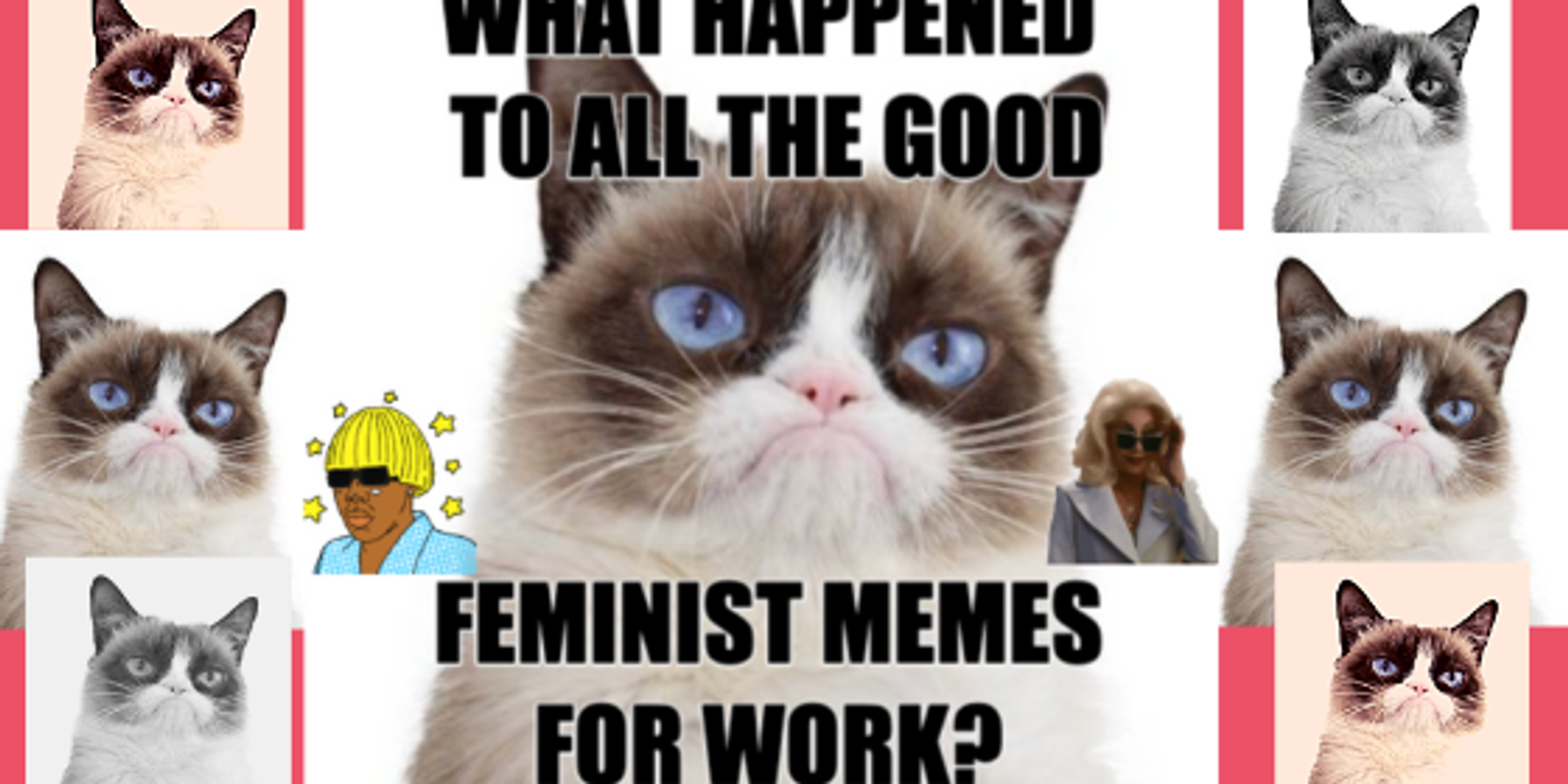With 15 years of digital product design experience, Tina Chen is no stranger to new product releases.
Even so, when we sit down to chat with Tina about her work as a senior director of product design at Slack, a Salesforce company, her excitement is palpable. Why? Her team is on the brink of releasing a groundbreaking tool that promises to revolutionize remote collaboration.
Enter Slack canvas, a new surface on the company's productivity platform for customer companies where teams can collaborate, construct, and share mission-critical resources.
“We see this as a huge opportunity to make it even easier for teams to work together in Slack,” Tina says with a smile.
We asked Tina to share why she’s so excited about the new Slack canvas release as well as how her career journey brought her to this moment. In addition, she even revealed a few tips on how you can grow a career in product design.
Landing on Design
Tina became intrigued by the brain-behavior relationship at a young age. So much so that she planned to study neuroscience in college so she could learn exactly how the brain impacts behavior and cognitive functions.
“Then I learned about design. It caught my attention because I’m also very creative. I liked that design is an applied way of leveraging psychology,” shares Tina.
Tina landed on a Symbolic Systems major where she explored different aspects of the human-computer relationship, including design methods and user interface implementation. Her degree led her to an internship at Google as a user experience researcher, and eventually to a full-time role as a designer.
A few years and a couple of roles later, Slack started to make its way onto Tina’s career radar. She’d used the tool throughout her career and was always drawn to how effectively it brings people together to work as a unified team. From a product perspective, Tina also appreciated its high level of user engagement.
“People use Slack every day and it has a big impact on their lives, so Slack designers are able to get quick feedback and implement design improvements at a similarly fast pace,” Tina shares.
Then, there was the noteworthy culture. “I could tell that the people here are very caring, thoughtful, open, and collaborative. There’s very little ego,” Tina confirms. “When interviewing, I spoke with a lot of strong women leaders, so it was also clear from the start that Slack takes diversity seriously.”
Tina joined the product design team, leading and growing the Platform offerings, before moving over to leading design under Core Features, which now includes canvas.
“Slack canvas is something that we’ve talked about internally for years because there’s a huge need. It’s poised to transform the way teams share information,” Tina shares.
So, what exactly can Slack users expect after the launch?
Tina gave us a behind-the-scenes look at what’s to come.
A Look Inside Slack Canvas
“When you think about Slack today, it’s easy to lose track of important information in channels. Work moves fast, and scrolling to find what you need is a manual process. With Slack canvas, we’re giving users a surface to quickly curate and share information,” Tina explains.
The customizable surface serves as a permanent place to both store and offer easy access to users’ most essential resources and information. By organizing files, media, integrations, workflows, and more — all in one place — users can work more efficiently and avoid bottlenecks.
“We’re making each channel a more welcoming place for anybody who shows up,” says Tina.
The same can be said for direct messages. Tina explains that canvas can be used to host notes from one-on-one meetings, share important documents, create checklists, and share other forms of information that get referenced frequently.
While the entire tool is sleek and functional, Tina is partial towards two design elements.
“I love that Slack canvas is built into every conversation and it’s just one surface. It’s simple and obvious. It might not be a flashy design element,” Tina shares, laughing, “but it’s the core of why this tool will be really useful for people.”
Then, there’s the drag-and-drop interaction.
“The tool will have a really simple, buttery smooth drag-and-drop experience. Inside the canvas surface, the user can put together a grid with different documents, images, or even text, and then move everything around easily and seamlessly,” Tina explains.
It’s been a fun design process, and Tina is leaning into the fast pace of feedback that initially drew her to Slack.
“Slack approaches design and implementation from a prototyping point of view. With canvas, we’ll take our best stab at something, put it in the hands of users, and then learn. It enables us to get accurate feedback quickly and fine-tune from there,” she shares.
Slack canvas will be available to all users in the first half of 2023 — and we can’t wait.
3 Tips for Growing Your Career in Product Design
Tina’s story is a testament to how far hard work (and an eye for design) can take your career. From a symbolic systems student to a senior director, she has trusted her gut and played to her strengths in order to earn a spot overseeing the design of Slack canvas.
To achieve similar growth in your product design career, Tina offers this advice:
- Lean into your strengths and what you love to do. Junior designers will often ask Tina what they should specialize in. Tina’s reply? Choose what interests you! “For example, if you’re highly visual and love details, make that your superpower. Follow what you love and you’ll end up spending more time designing the things that interest you.”
- Look around and find inspiration from great products. “Ask yourself — why is that product good? Why does it work? This is a great way to learn and dissect what makes these products stand out,” shares Tina. “It’s a fast way to learn.”
- Build a design community. “If you find a really strong designer on your team, ask for mentorship. I find the design community as a whole is supportive and open to helping each other out,” Tina says. One day, you might be the mentor!




